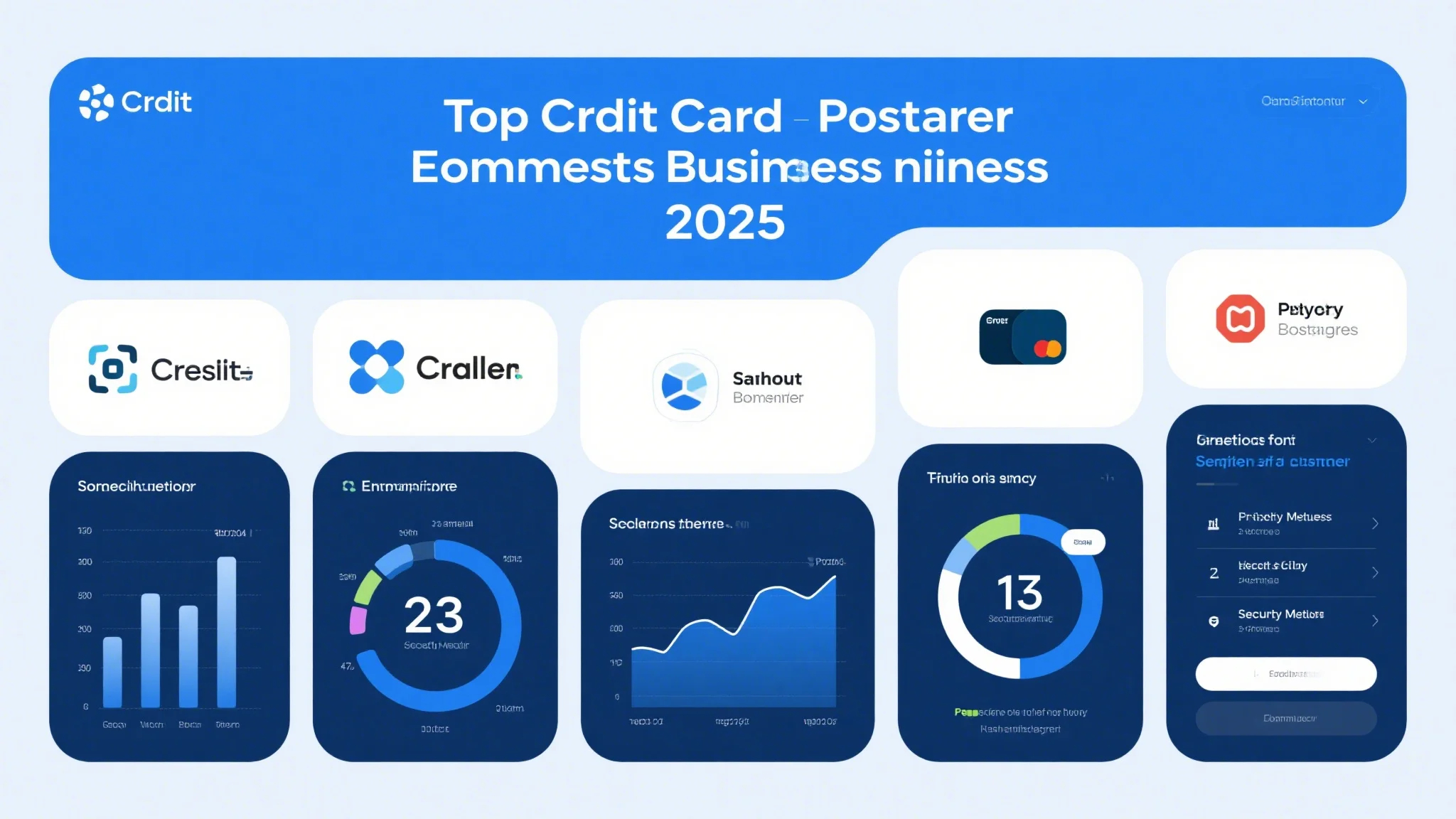In today’s digital age, secure payment processing is no longer a luxury but a necessity. With the rise of cyber threats and fraudulent activities, businesses must prioritize compliance with industry standards to safeguard sensitive data and maintain customer trust. One such standard is EMV compliance, which has revolutionized the way businesses handle card payments.

EMV, short for Europay, Mastercard, and Visa, is a global standard for interbank cards that uses chip technology to enhance the security of payment transactions. Unlike traditional magnetic stripe cards, EMV cards store data in a microchip, making it significantly harder for fraudsters to counterfeit or clone. This technology has become a critical component of modern payment processing systems, ensuring that businesses meet regulatory requirements and protect their customers’ financial information.
For businesses, achieving EMV compliance is not just about ticking a box; it’s about creating a secure environment where transactions are protected from unauthorized access. EMV-compliant systems use advanced encryption methods to secure data during transmission, reducing the risk of data breaches and fraudulent transactions. This level of security is particularly important for businesses that handle large volumes of transactions, as a single breach can lead to significant financial losses and reputational damage.
Moreover, EMV compliance is a regulatory requirement in many countries, including the United States. While businesses may have initially adopted EMV to avoid liability shifts in case of fraudulent transactions, the long-term benefits of EMV compliance extend far beyond regulatory compliance. By adopting EMV technology, businesses can enhance their payment processing capabilities, improve customer satisfaction, and build a stronger relationship with their clients.
One of the key advantages of EMV compliance is the reduction in fraudulent activities. EMV chips generate a unique code for each transaction, which cannot be reused, making it nearly impossible for fraudsters to replicate a transaction. This feature is particularly beneficial for businesses that accept card payments in person, as it significantly reduces the risk of counterfeit card fraud. Additionally, EMV technology supports contactless payments, which are becoming increasingly popular among consumers. Contactless payments are faster, more convenient, and inherently more secure, as they require no physical card swipe or insertion.
In addition to enhancing security, EMV compliance also improves the overall efficiency of payment processing. EMV-enabled terminals are designed to process transactions faster, reducing wait times at checkout counters and improving the customer experience. Furthermore, EMV technology is compatible with various payment methods, including debit, credit, and prepaid cards, making it a versatile solution for businesses of all sizes.
As businesses continue to adopt EMV technology, they are also investing in the future of payment processing. EMV compliance is a step toward building a more secure and efficient payment ecosystem, where both businesses and consumers can trust the integrity of transactions. By prioritizing EMV compliance, businesses can not only protect their customers’ data but also establish themselves as leaders in payment processing innovation.
The importance of EMV compliance extends beyond security and efficiency; it also plays a crucial role in ensuring business continuity. In an era where data breaches and cyberattacks are becoming increasingly common, businesses must adopt proactive measures to protect their operations. EMV compliance is one such measure that helps businesses mitigate risks and maintain customer trust.
One of the primary challenges businesses face when implementing EMV compliance is ensuring that their payment processing systems are fully integrated with EMV technology. This requires collaboration between businesses, payment processors, and technology providers to ensure seamless integration and optimal performance. While the initial setup may involve some effort and investment, the long-term benefits of EMV compliance far outweigh the costs.
For businesses that have not yet adopted EMV technology, the transition can seem daunting. However, with the right guidance and support, businesses can smoothly migrate to EMV-compliant systems. Payment processors and technology providers offer a range of solutions, including EMV-enabled terminals, software updates, and training programs, to help businesses achieve compliance. These solutions are designed to minimize disruptions to daily operations and ensure a smooth transition to EMV technology.
Another critical aspect of EMV compliance is ongoing training and education for staff. Employees who handle payment transactions must understand the importance of EMV technology and how to use it effectively. This includes training on how to process EMV transactions, recognize counterfeit cards, and handle exceptions. By investing in employee training, businesses can ensure that their teams are equipped to handle EMV technology and maintain high standards of security.
In addition to internal training, businesses should also communicate the benefits of EMV compliance to their customers. Many consumers are still unaware of the advantages of EMV technology, such as reduced fraud and faster transactions. By educating customers about EMV compliance, businesses can build trust and encourage them to adopt EMV-enabled payment methods. This, in turn, can lead to higher customer satisfaction and loyalty.
Looking ahead, the future of payment processing is likely to be shaped by emerging technologies such as artificial intelligence, blockchain, and biometric authentication. While these technologies hold promise for further enhancing security and convenience, EMV compliance will remain a foundational standard for secure payment transactions. Businesses that prioritize EMV compliance today will be better positioned to adapt to future changes in the payment landscape and continue providing secure and reliable payment processing services.
In conclusion, EMV compliance is a vital component of modern payment processing, offering businesses a robust framework for securing transactions and protecting customer data. By adopting EMV technology, businesses can reduce fraud, improve efficiency, and build a stronger relationship with their customers. As the payment processing industry continues to evolve, businesses that prioritize EMV compliance will be well-equipped to navigate the challenges of the digital age and thrive in a competitive market.
